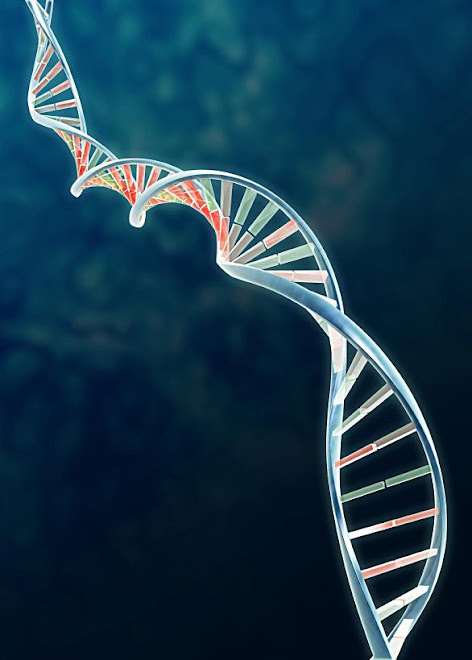The most obvious application of DNA sequencing technology is the accurate sequencing of genes and genomes. Only about 500-800 bases can be sequenced in one experiment so larger DNA molecules, including whole genomes, must be broken into smaller fragments before sequencing and then reassembled by searching for overlaps. Accuracy is achieved by sequencing each template several times.
Lower-fidelity single-pass DNA sequencing is useful for the rapid accumulation of sequence data at the expense of some accuracy. Another application of DNA sequencing technology is resequencing the same DNA molecule over and over. DNA sequencing is most frequently used to determine genome sequence. An example of this type of DNA sequencing application is the human genome project. DNA sequencing its impacts on biomedical research.
Several genes have been identied to associate with genetic conditions, including familial breast cancer and colorectal cancer, Alzheimer's disease, myotonic dystrophy, neurofibromatosis and fragile X syndrome. Ultimately, DNA sequencing will become a part of a patient's medical record, helping physicians to determine the patient's risk of certain diseases and the optimal treatments.
Many emerging science and technological fields rely heavily on DNA sequencing. For instance, nutrigenetics is the study of how our genetic DNA sequencing makeup affects our responses to diet. Nutrigenetics plays a central role in explaining the connection between red meat and colorectal cancer. It was shown that not everyone but only those with specific genotypes are at high risk for colon cancer when consuming large quantities of red meat. The results showed that the extracted genomic DNA can be used for high scale genotyping and genotyping of adaptive and ecological relevant genes.
Lower-fidelity single-pass DNA sequencing is useful for the rapid accumulation of sequence data at the expense of some accuracy. Another application of DNA sequencing technology is resequencing the same DNA molecule over and over. DNA sequencing is most frequently used to determine genome sequence. An example of this type of DNA sequencing application is the human genome project. DNA sequencing its impacts on biomedical research.
Several genes have been identied to associate with genetic conditions, including familial breast cancer and colorectal cancer, Alzheimer's disease, myotonic dystrophy, neurofibromatosis and fragile X syndrome. Ultimately, DNA sequencing will become a part of a patient's medical record, helping physicians to determine the patient's risk of certain diseases and the optimal treatments.
Many emerging science and technological fields rely heavily on DNA sequencing. For instance, nutrigenetics is the study of how our genetic DNA sequencing makeup affects our responses to diet. Nutrigenetics plays a central role in explaining the connection between red meat and colorectal cancer. It was shown that not everyone but only those with specific genotypes are at high risk for colon cancer when consuming large quantities of red meat. The results showed that the extracted genomic DNA can be used for high scale genotyping and genotyping of adaptive and ecological relevant genes.
